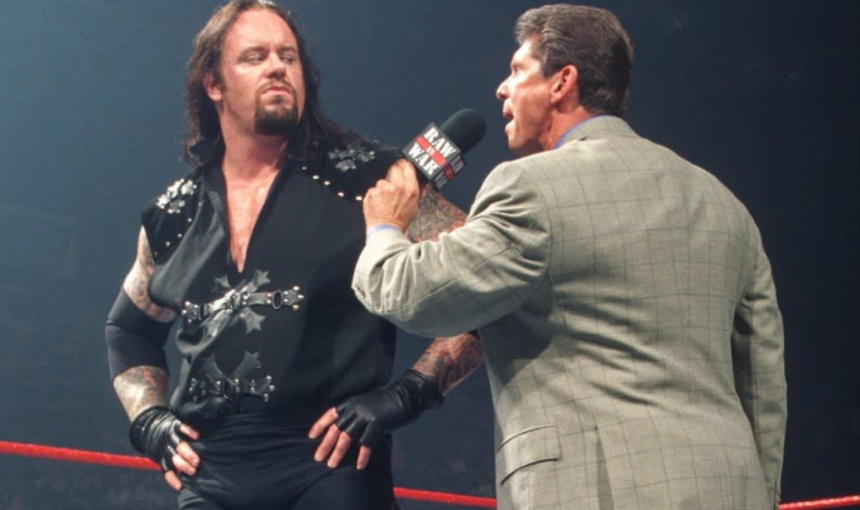Love or hate him, it’s hard to look away from the fascinating phenomenon of the promoter, hacker, visionary, PR genius, and entertainment giant who created the merger of athletics, wrestling, and entertainment that Vince McMahon wrought. Then again, McMahon has the bonafide pedigree of being in the family business as a third-generation wrestling promoter who took a solid business promoting the sport of wrestling and turned the family business into the WWE empire whose shadow crosses the globe and who turned out Superstars whose names and personas became household words.
WWE Creates Sports Entertainment
Superstar is a spot-on description. WWE likens its athletes/performers to refer to what they do as “Sports Entertainment” and to name and claim themselves “WWE Superstars.” Don’t you wish your boss was this supportive and had such a vision for performance evaluation? Right! So, just what is WWE? Officially, it is an integrated entertainment brand that delivers programming, pay-per-view, digital media, and publishing outlets.
This moves the WWE into a unique position as a significant entertainment enterprise and not merely a wrestling promoter, elevating the medium in a move that also upgrades possibilities and prospects in partnerships and sponsorship potential and increases the reach for media, merging alliances and rights. The WWE calls its performers “superstars,” elevating their status beyond the sweat, cigars, and unitards of old. It depicts them as larger-than-life personalities, upgrading their marketability and appeal and transforming them into recognizable heroes and villains within pop culture.
Calling it “Sports Entertainment,” lets WWE go all in on the storytelling, theater, costumes, and narrative. Not since your favorite dance emporium has a cast-used attitude, narrative tropes, archetypes, and parasocial relationships with such artistry. This hooks audiences beyond the traditional wrestling area who enjoy seeing good take on evil as entertainment. By taking control of the branding, WWE created a strong narrative and image that scans its performances and promotional materials and helps the entertainers work together to bring the brand’s vision to fruition.
Talent
You can’t argue with success. It’s a marketing strategy that has worked, supporting his agenda of creating a primary entertainment company rather than just a wrestling promo on steroids. WWE has made The Undertaker, Randy Savage, Rey Mysterio, Hulk Hogan, and Roman Reigns household names, locker room goals, and metaphors for superheroes in epic tales and comic books. More to the point, WWE has received significant sponsorships, partnerships, and media rights.
This may be one of the reasons for being one of the longest-running and most recognized TV personalities, earning a star in 2008 on the Hollywood Walk of Fame for work as a pioneer in the television syndication industry, visionary promoter, and rainmaker marketer. For example, he’s been roll-called in Variety’s annual Variety 500 listing since 2017, honoring business executives’ influence in the media industry. Today, WWE produces live weekly programming like “Monday Night Raw,” “WWE NXT,” and “Friday Night SmackDown,” viewed in over 180 countries. Plus, WWE has over 550 live events annually, making taking WWE on the road one of the largest shows on earth.















